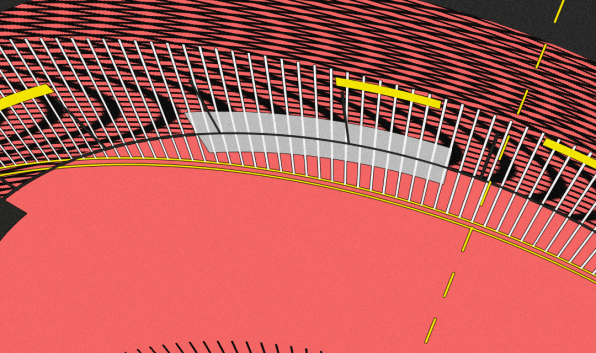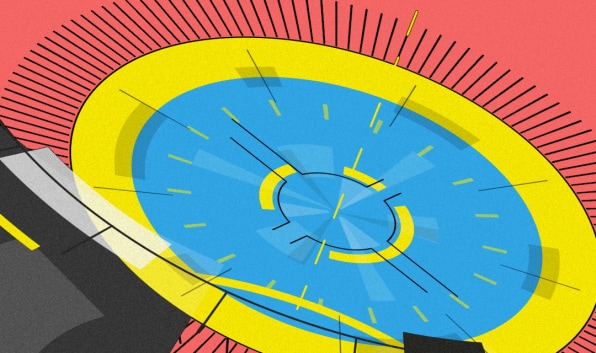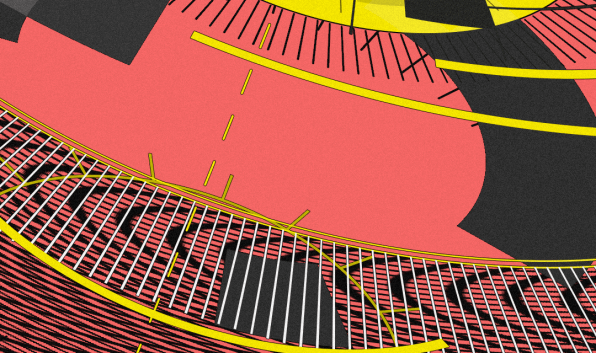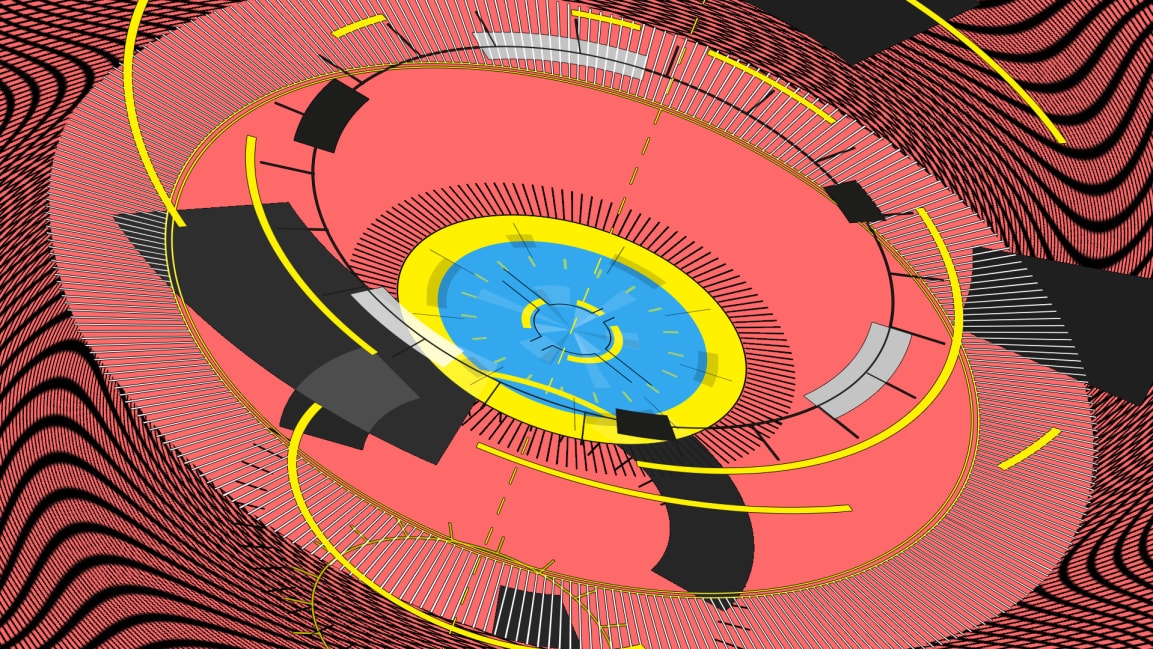Most U.S. companies say they are planning to transition to a circular economy
When Amsterdam’s Schiphol Airport remodeled a terminal, it didn’t buy light bulbs; instead, the company signed a contract for “light as a service” from Signify, the company formerly known as Philips Lighting. Signify owns the physical lights, giving it the incentive to make products that last as long as possible and that can be easily repaired and recycled if anything breaks.
The service is one example of a shift to a circular economy model. Rather than just mining materials and manufacturing products that ultimately end up in landfills, companies are increasingly trying to figure out how to use resources in closed loops. In a new survey of 300 executives, ING found that 62% of American companies now plan to move toward circularity. Another 16% already use circular economy principles. Nearly twice as many U.S. companies say that they are embedding sustainability in strategic decision-making in 2019 compared to 2018.
Still, most companies are in the early stages of understanding what the circular economy means and how they could work within it. When asked what’s at the core of the model, most executives say that it’s about reducing waste or making sure that products are recycled, missing the full picture of benefits–if products and materials stay in use longer, that also means less resource extraction and less risk in supply chains, and cutting climate pollution.

Most companies recognize that they can save money if they reuse scrap materials in a factory instead of throwing them out. A smaller number are thinking about the new opportunities that a circular model can bring. “Some companies are really focused on the bottom line, and how can we more effectively use the resources that we have to reduce our expenses,” says Anne van Riel, head of sustainable finance at ING. “For other companies, it’s much more an opportunity-driven topic: How do you reinvent the business model in such a way that it’s more circular, and that it also is a business opportunity?”
In a brewery in Mexico, for example, Heineken has gone beyond recycling glass bottles to using waste heat from a nearby factory, recycling water, and selling spent grains as cattle feed. The company is now working on making higher-value products from spent grains, extracting proteins, fats, and other components for future uses in food, cosmetics, and pharmaceuticals. Intel is also beginning to think of each of its waste streams as a new source of revenue. Johnson Controls produces batteries with recycled material, insulating it from price volatility and disruptions in supply chains. Dell is designing more modular technology so that old electronics can be more easily recycled into new ones (and experimenting with other uses for e-waste, like gold from circuit boards turned into jewelry).

Some companies have taken the first steps toward circularity–Adidas made shoes from ocean plastic and then announced plans to stop using any virgin plastic in its products. But it hasn’t moved to making fully recyclable shoes with materials that the brand could remake into new shoes. Last year, Stella McCartney made progress in that direction with a design for a sneaker that has a Lego-like sole that can be unclipped so the top is recycled. Rothys, a company that makes shoes from recycled water bottles, offers consumers free shipping to send back old shoes so they can be remade into yoga mats, soles, or potentially new shoes. It’s possible to imagine that in the future, an old pair of shoes could be fed into a reverse vending machine, turned back into the base materials, and then remade into a new pair on the spot.
It’s challenging for companies to make this type of change, beginning with the fact that it’s difficult to collect old products for recycling. “One [challenge] is consumer adaptation–are consumers willing to return the stuff, or is it easier just to throw it away with the garbage?” says van Riel. “At some point, you need to have a price on all those products. I think one of the issues is that plastic at this moment is way too cheap.” As companies experiment with new models–like the major consumer brands who will soon start testing reusable packaging for products like ice cream, mouthwash, and deodorant–they’ll have to figure out how to make the economics work. But companies are moving in that direction.

Others will go further, to the type of product-as-a-service model that Signify is now using with for lighting. (Philips, its former parent company, also provides medical equipment such as CT machines to hospitals as a service, using an easy-to-upgrade design that makes it possible to update the equipment by replacing some parts rather than the whole machine.) Eventually, we might be buying a subscription to an iPhone or a laptop instead of a new device.
“We’re seeing hundreds of small examples of people putting their toe in the water with product-as-a-service models, and while you don’t see it really writ large in a lot of the places you might expect yet, it’s coming fast,” William McDonough, one of the founding fathers of the circular economy, says in the report. “I think we’ll be surprised how quickly it explodes onto the scene. Computers will become subscription models just like software did. Consumers will become demanding customers saying to their providers, ‘Just serve me and make me current. Don’t make me think or worry about the world.’”
(29)



